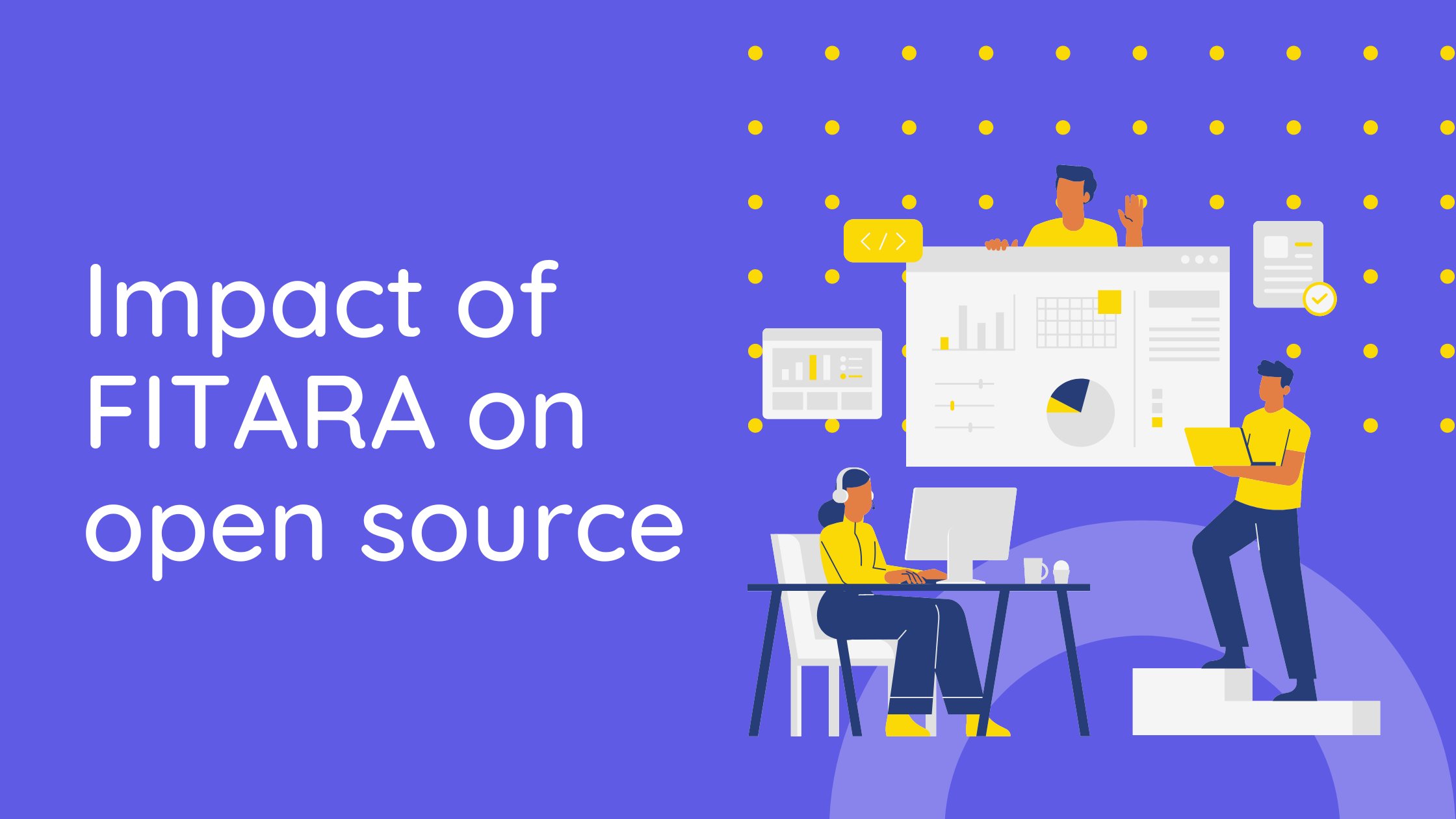
The impact of FITARA on open source adoption in the Public Sector
- September 17, 2018
- Krystina Francis
When the Federal Information Technology Reform Act became law in 2015, many government organizations had (and still do have) quite a task ahead of them implementing a cohesive approach to software acquisition and development. They were also required to utilize a software asset management system to track software owned, licenses, ongoing costs, etc. Out of 24 agencies in 2015, only 2 managed to even make a B Grade on the House Oversight and Government Reform Committee’s FITARA scorecard; 17 scored at D or lower. The committee released a statement criticizing “ineffective management… resulting in duplication and waste” coupled with “poorly performing IT investments” costing billions of dollars.
The grades were based on several categories:
- Data Center Consolidation
- IT Portfolio Review Savings
- Incremental Development
- Risk Assessment Transparency
For the purposes of this article, we are focusing on Incremental Development, because this is the requirement causing a fundamental shift in how government agencies are managing software development and implementation projects. Historically, agencies could take years to achieve any sort of functionality from their projects – and, the scope was too vast.
With the new OMB (Office of Management and Budget) guidelines requiring IT investments to deliver functionality every 6 months, it requires government agencies to look at best practices already at work in the private sector and to consider turn-key solutions when possible. To help agencies better plan more effective digital service projects, The Digital Services Playbook collected best practices into a handy checklist; and the TechFAR Hub Handbook assists agencies in governing contracted Agile project teams in focusing on short development iterations that rapidly produce functional software results.
“This process improves investment manageability, lowers risk of project failure, shortens the time to realize value, and allows agencies to better adapt to changing needs”, according to the TechFAR Hub Handbook.
While agencies have used these initiatives to aid in the planning of the project and the execution of the project, how do they best handle budget constraints under the tighter timelines? The answer it seems, is open-source software. Using modules or solutions that are already built is saving agencies both time and money.
Leading the way in open-source adoption is the U.S. Department of Defense, specifically the Defense Digital Service (DDS) group. At the Open Source Summit held on August 31st, Jordan Kasper of the DDS, listed the benefits of open-source in terms of:
- reusability
- collaboration and
- security.
Using code someone else has built is an obvious time-saver. Open-source collaboration on code bases means problems get solved much faster than trying to develop solutions within your own limited team. And, ironically, open-source software can be MORE secure than proprietary software because bugs and vulnerabilities are generally caught quickly and fixed quickly by the community.
Specifically focused on helping government organizations and teams work openly, Red Hat (the world’s largest open source software company) has launched the Community-Powered Innovation Center. The Center’s various workshops (or “academies”) introduce attendees to open methodologies that could help their organizations and teams become more agile, engaged, and accountable. Attendees will explore the principles that make open organizations truly powerful. Wouldn’t we all like to see more institutions embrace transparency, inclusivity, adaptability, collaboration, and community?
About Krystina
Krystina has 15 years of direct team and project management experience, starting with her own company founded in 2004, Vivid M (M for Music), that developed and patented the world’s first online recording studio and live performance venue for musicians. During her career, Krystina has managed over 350 projects that range from development through implementation of Software as a Service platforms, rebuilding multi-national eCommerce sites, developing proprietary software solutions, and creating lean operational workflows.
Industries served include financial, healthcare, and manufacturing where she also created or matured IP for her clients. Her forte is conceptualizing new systems or components and creating visual requirements/UX. She is a strong proponent of hybrid methodologies that combine the best practice techniques of PMI that ensure quality, while developing with Lean and Agile principles.
